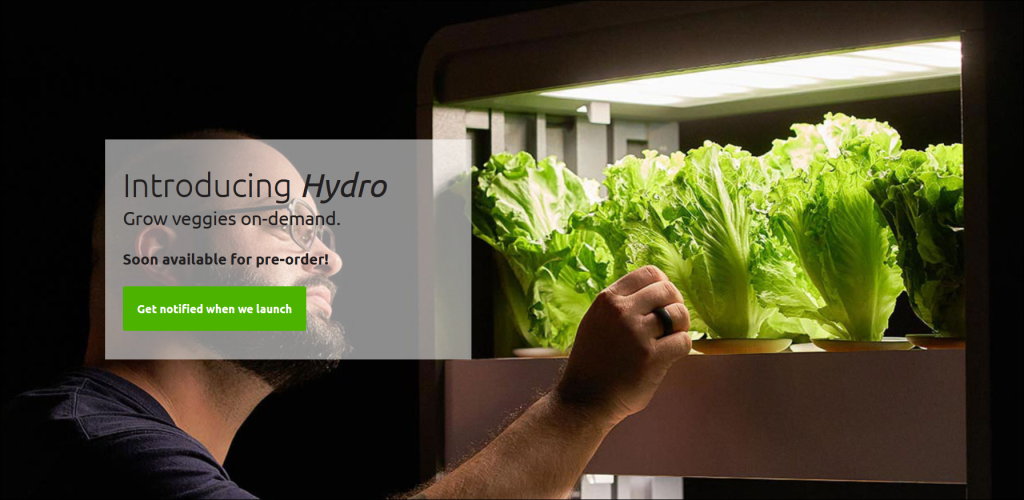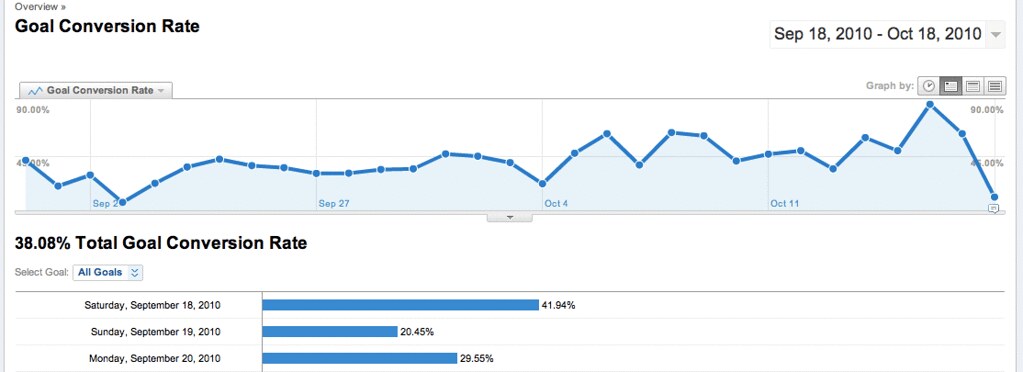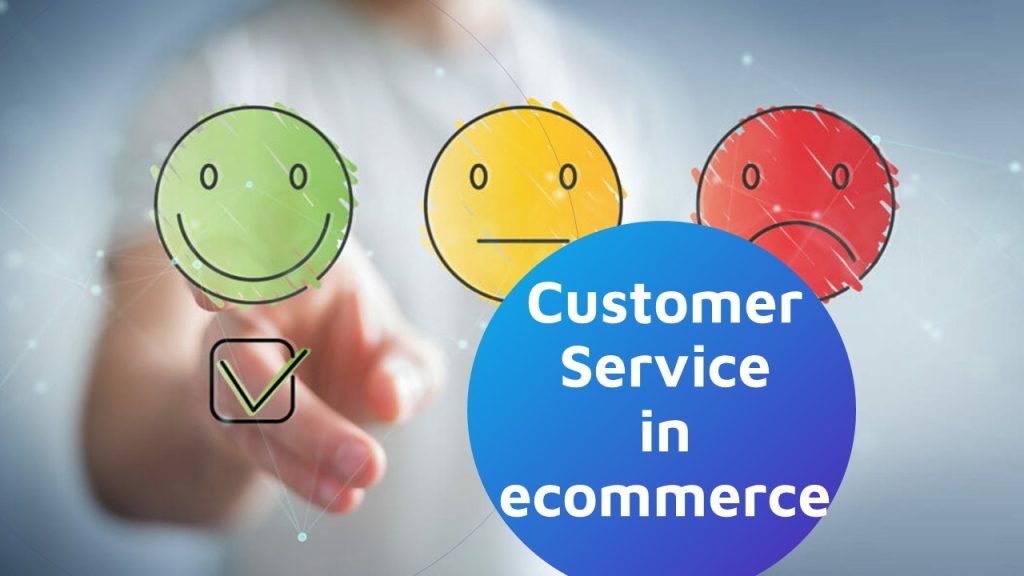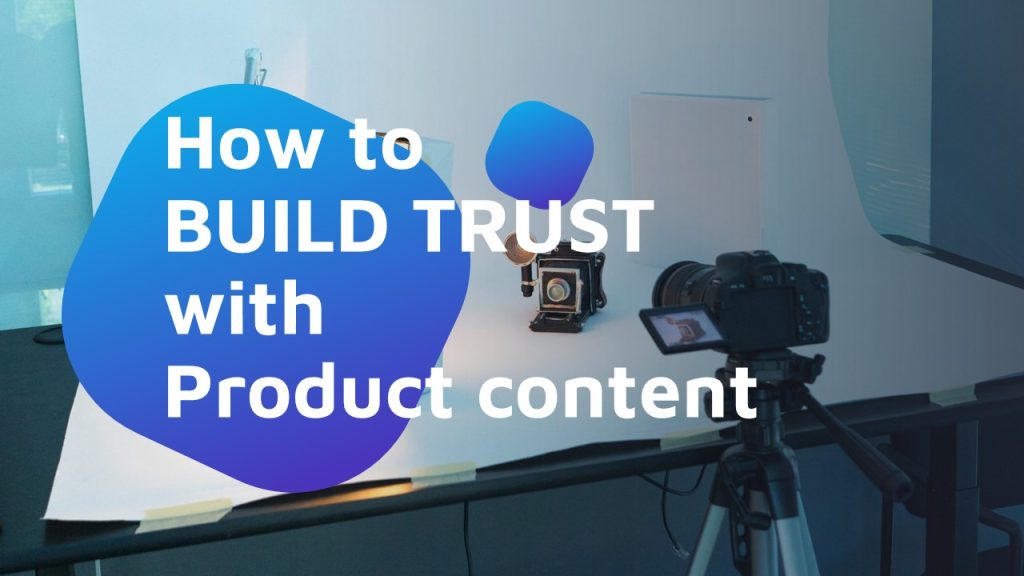Landing Pages are of daily use in ecommerce, and are one of the main drivers of conversion.
Information architecture and the explanation of how a product solves a need have very specific requirements to highlight its benefits in a clear and appealing way targeted for a predefined audience. Putting all this together makes their design a delicate thing. And yet, many online business owners ignore what makes an effective product landing page.
So, in this post, we’ll talk about product landing pages and go over the main elements to enhance content to bring more sales in.
What is a landing page?
Let’s start from scratch.
A landing page is one where you get directed when you click on a banner or an ad, or you scan a QR code. They are mostly used to promote a brand, product, or service, giving all the relevant information leaving no room for doubt or distraction, and aiming at conversion.
There are, however, different types of conversion. It could be acquiring leads (getting their contact information) or direct sales, although the latter may be harder to achieve, especially for newborn brands.
What’s important for a product landing page is to provide all the information that can be useful for someone who has an interest in it. From its benefits to its technical specs and frequent questions from those who are unfamiliar with it.
When to use a Landing Page
Given their one-and-only purpose, landing pages must be surgically designed to accomplish it. It all starts by summing up the product’s function in one or two short sentences: what it is, and what it solves.
Get the right way to present a product calls for knowing its ideal buyer – aka buyer persona. Only after defining a couple of them can a landing page be sketched, and its content organized so it resonates with its readers.
Now, not all businesses start at the same stage, and therefore, each has its own objective, which will define their landing page’s design. Still, landing pages are essential when testing a business idea, launching a product, and promotion campaigns.

Types of landing pages
Generally speaking, there are five types of landing pages. And by generally we mean these are ideal types whose elements can be combined whether it is a website-hosted one, a crowdfunding campaign, or an Amazon storefront.
- Mainsites. A type of landing page that is hosted on the main website and usually has the same or a very similar layout. Thus, users can navigate smoothly with no visual disruptions. It seeks to remark specific information, and redirect users to another page within the website, so it doesn’t go unnoticed.
- Microsite landing pages promote and advertise specific products and have a bold call to action to persuade to purchase or request more information. They often have carefully crafted URLs, and a different design and navigation, as part of SEO and SEM strategies.
They may also appear as banners, pop-ups, or even as separate search results – mostly when it’s paid media. - Standalones. Often used for promotional code and limited offers, they have a minimalistic design only giving two options: converting or bouncing out. Thus, the little information they provide should be crystal clear.
- Social Media landing pages. Social Media landing pages get their visits from Social Media traffic, paid or organic. Many small and medium-sized businesses have their main sales channel in Social Media and marketplaces, given the ease and responsiveness provided by templates. That allows them not to use a website of their own.
- Thank you landing pages. This may sound misleading, as thank-you pages are displayed as a subscription or purchase confirmation page where users can take little to no action besides a Social Media share. However, they are highly appreciated because they contribute to creating long-term relationships. What’s best about them is they are often set as an objective, so every visit counts when measuring the analytics.

Key elements to create a killer product landing page
Title and subtitle
As obvious as it may sound, titles and subtitles are key elements in a product landing page, and the first thing users read when they land on it. Not only do they need to hook readers at a glance, but also to be SEO friendly.
Keep it short and simple.
URL
Landing pages are usually a single, isolated page on a website, and need the keyword included as much as they need to be easy to remember.
Copy
This is where things get tricky because sometimes it is hard to determine what should stay in and what can be left out. The landing page’s objective defines the copy to use, and it should focus on the specific offer, product, or service. Needless to say, by highlighting the benefits and making an offer that can’t be refused.
For more on this, check out our post about Writing compelling copy for products.

Contact form
Contact forms are the most used element on most landing pages. Their position can vary according to the objective: Many place it “above the fold” so it appears in the first-page impression, while others prefer to highlight graphic elements on the header.
But even when it is a sales landing page, forms allow hesitating or reluctant people to sign up, request more information, or simply stay tuned.
HQ Multimedia content
The better the content, the better the impression among consumers.
High-quality images, product videos, GIFs, 3D renders and animations help visitors get a detailed visual idea of the product that is relatable and highlights the main reason why they got to the landing page in the first place.
Imagery and videos are too related to a brand’s tone of voice. Mind the consistency between your brand’s identity and the messages your multimedia content delivers.
Get your content audited FOR FREE!
Social proof
Any kind of social proof or recognition helps build a sense of quality and trust among consumers. This includes awards, testimonials, or reviews that can easily be imported with simple plugins.
Responsiveness
The world is mobile, and product discovery happens mostly on phones. It’s been more than 5 years since Google announced positioning penalties for non-responsive websites, and not many have dared to ignore this. Still, make sure to test your landing page’s behavior across devices and, more importantly, the ones used the most to access it.
Share buttons
Mobile goes hand-in-hand with Social Media, and there’s a specific social network for every segment and buyer persona. That should be clear after the research stage.
Share buttons can multiply a promotion’s reach in well-designed product landing pages. To make the most of them, promotions can include hashtag campaigns to encourage user-generated content and increase brand visibility. After all, what is ecommerce without Social Media?
Product specs
Some products incorporate new features or technology their competitors lack. Others have a different design that is smaller in size or lighter in weight. When these elements are distinctive, it is worth including a spec sheet to enhance their value.
FAQs
New products may amaze, but we mostly have questions before the unknown. But providing too much information on a landing page can be a deterrent – let’s not forget, reading is NOT why users got there. Empathy plays a key role here, and you should step out of your e-merchant shoes to put yourself in the user’s.
An FAQ section can be very useful to answer questions before they are even made. An accordion can do the job quite decently without taking up much space.
Here are a few extra hints to make the most of your product landing page
We said earlier “keep it simple”. But simple does not mean easy. Designing a product landing page may seem easy but needs lots of thinking to filter information in and out, and ultimately keep things simple and concise.
Don’t forget to add a powerful Call-to-Action that makes your visitors feel confident and empowered. Keep track of your metrics to monitor your landing page’s performance and eventually optimize it. A/B tests, heatmaps, and scroll maps will be your best friends here.
As product experts and ecommerce specialists, Content2Sell has been crafting product landing pages for online businesses of all sizes. Precisely because we are 360º content creators, we strive to deliver crisp and consistent marketing and sales content, where every element backs or is backed by another.



